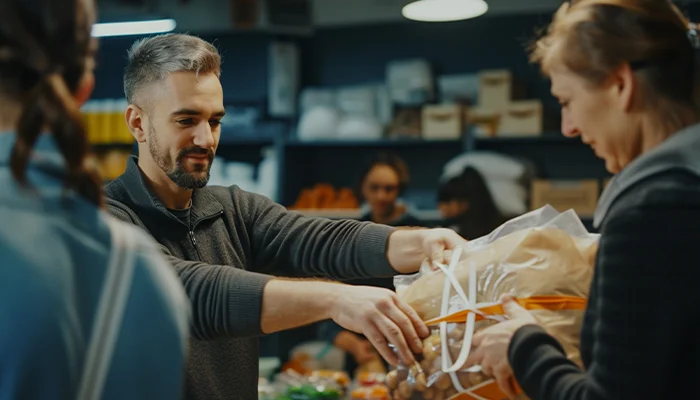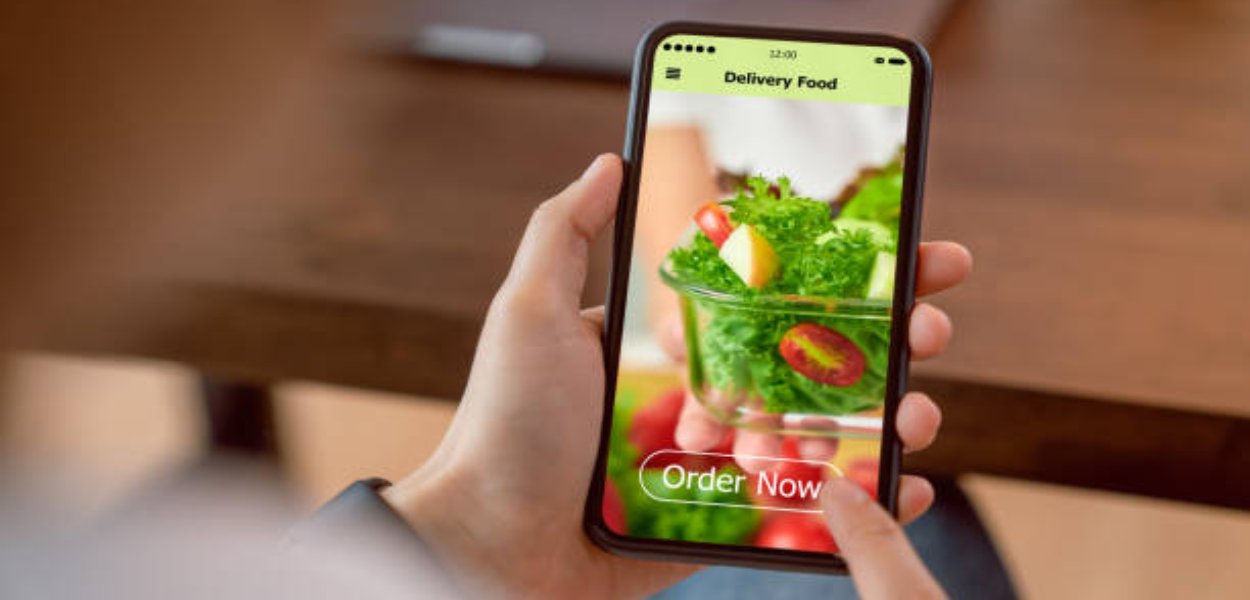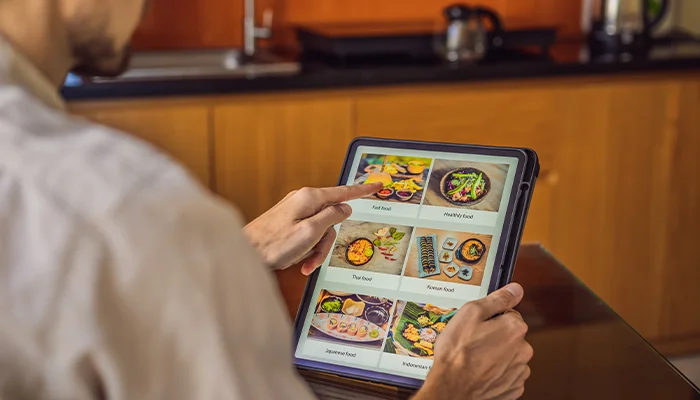
GoPuff Business Model Explained: How the Delivery Giant Operates and Earns
July 08
10:40 AM
July 08
10:40 AM
The on-demand delivery landscape has seen tremendous evolution in recent years, and GoPuff has emerged as a significant player in this space. Founded in 2013, GoPuff has reshaped the convenience delivery market by offering everything from snacks and drinks to household essentials—delivered in under 30 minutes. This blog takes a deep dive into the GoPuff business model, exploring how the company operates, how it earns revenue, and why its approach is redefining modern delivery logistics. From its innovative use of micro-fulfillment centers to its strategic partnerships, we will examine what makes GoPuff a standout example in the world of delivery startups.
The Core of the GoPuff Business Model
At its heart, the GoPuff business model is built around the concept of vertical integration. Unlike traditional delivery platforms that connect users with third-party retailers, GoPuff owns and operates its own inventory. This means that GoPuff purchases products wholesale, stores them in its micro-warehouses, and delivers them directly to customers. This direct-to-consumer structure is what sets GoPuff apart and gives it full control over pricing, inventory, and delivery timelines. Customers place orders through the GoPuff mobile app or website, and the items are packed and delivered from the nearest micro-fulfillment center.
By managing its own supply chain, GoPuff avoids the complexities and inefficiencies that often plague traditional third-party delivery models.
GoPuff Revenue Model: How It Makes Money
Understanding how GoPuff makes money requires breaking down its diversified GoPuff revenue model, which includes the following primary streams:
1. Product Markup: Since GoPuff buys items in bulk directly from manufacturers or distributors, it earns revenue through retail markups. This margin between wholesale and consumer price represents a significant portion of its profit.
2. Delivery Fees: GoPuff typically charges a flat delivery fee—often around $1.95 per order. For those who prefer unlimited deliveries, GoPuff offers a monthly subscription service called GoPuff Fam, which eliminates individual delivery fees in exchange for a fixed monthly cost.
3. Subscription Revenue: GoPuff Fam is a key component of the GoPuff business strategy, promoting customer retention through convenience and savings. The subscription not only enhances customer loyalty but also creates a steady recurring revenue stream.
4. Advertising and Promotions: GoPuff collaborates with consumer brands to feature sponsored products or promotional placements within its app. These partnerships allow brands to increase visibility while providing GoPuff with an additional source of income.
5. Private Label Products: To further maximize profit margins, GoPuff has introduced its own private-label products across several categories, from snacks to beverages. These items offer higher profit margins compared to third-party brands.
How GoPuff Operates: Business Operations Unpacked
One of the most impressive aspects of GoPuff business operations is the use of localized micro-fulfillment centers. These are small warehouses strategically placed in urban areas to reduce delivery times and increase operational efficiency. Each facility is stocked with around 3,000 everyday products, ranging from over-the-counter medicine and toiletries to pet food and alcohol (in eligible regions). When a customer places an order, the app routes it to the closest fulfillment center. A GoPuff driver—who works either as a full-time or gig-based delivery partner—picks up the order and delivers it, typically within 30 minutes.
The GoPuff delivery business thrives on its ability to offer fast service without relying on third-party retail partners. This control over inventory and logistics allows the company to meet customer expectations reliably.
GoPuff Business Strategy: What Makes It Work
The secret to GoPuff’s success lies in its strategic decisions. Here are some key elements of the GoPuff business strategy:
1. Full Control Over Inventory: By owning the products it sells, GoPuff avoids stock inconsistencies and provides more accurate delivery estimates. It also lets the company optimize pricing and inventory based on demand patterns.
2. Hyperlocal Expansion: GoPuff has followed an aggressive expansion plan, launching in hundreds of cities by setting up fulfillment centers wherever there's strong demand. Instead of national campaigns, the company focuses on regional saturation.
3. Tech-Driven Operations: The company uses sophisticated data analytics to manage inventory, predict demand, and optimize delivery routes. This data-first approach ensures efficiency in every aspect of the GoPuff company model.
4. Customer Retention Through Subscription: With GoPuff Fam, the company not only increases order frequency but also fosters long-term loyalty—critical for the sustainability of any delivery platform.
Challenges and Future Outlook
Despite its success, GoPuff faces competition from other quick commerce and delivery apps like Instacart, DoorDash, and Uber Eats. Additionally, maintaining efficiency as the company scales presents logistical and financial challenges. Still, the foundation of the GoPuff company model—with its owned inventory, micro-fulfillment centers, and multi-channel revenue approach—positions it well for future growth. GoPuff has also started exploring international markets and partnerships with major retailers, signaling further evolution of the brand.
Conclusion
GoPuff’s rise in the delivery ecosystem offers valuable insights into how modern logistics businesses can thrive by owning and optimizing every part of the supply chain. With a clear vision, robust operational strategy, and an innovative approach to customer service, GoPuff has built a sustainable and scalable model. Whether you're a startup founder, logistics enthusiast, or investor, this GoPuff business case study provides a masterclass in how to build and scale a tech-enabled retail delivery platform.
From its tech infrastructure to customer-centric strategies, every aspect of the GoPuff business model and GoPuff revenue model is designed to meet the evolving demands of today’s consumers—and that’s what keeps GoPuff ahead in the competitive delivery space.









